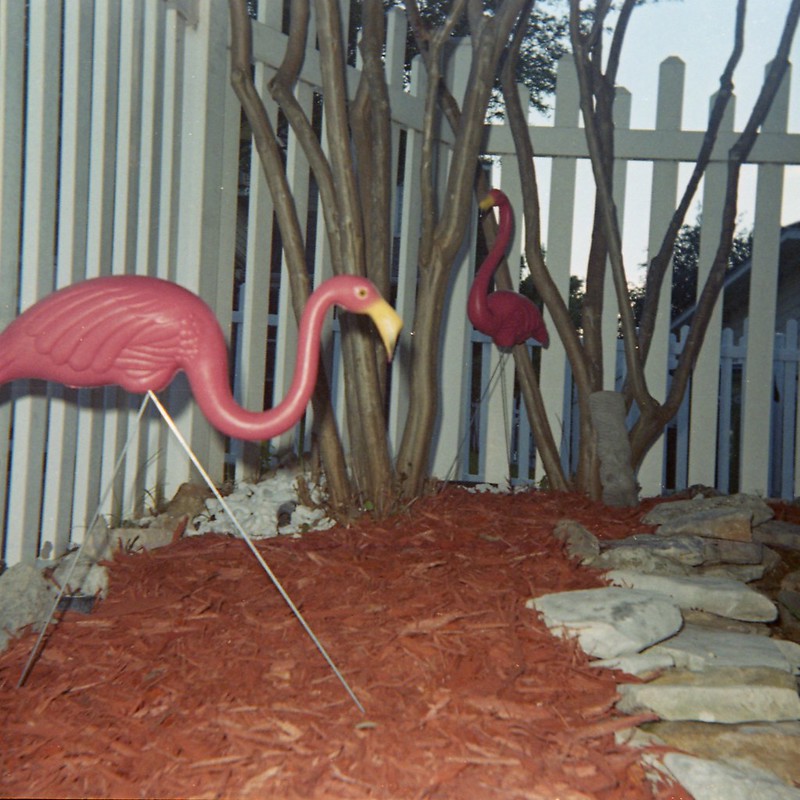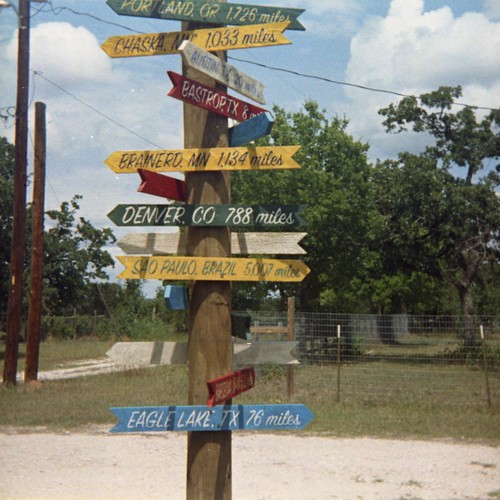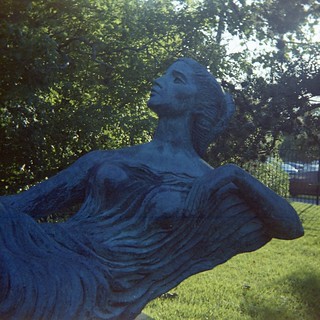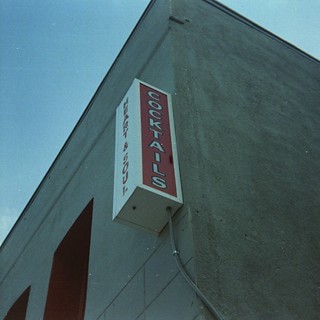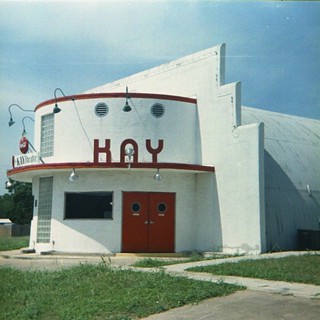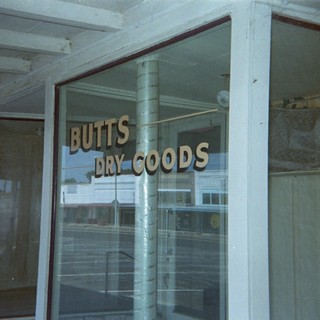 The Ricoh 500G is an excellent compact rangefinder. I would put it in the same class as the Olympus XA in terms of being able to produce consistently great quality images with the sharp Rikenon lens (40mm/f2.8). The camera is capable of shooting 25-800 ISO film with shutters speeds of 8/15/30/60/125/250/500 plus Bulb.
The Ricoh 500G is an excellent compact rangefinder. I would put it in the same class as the Olympus XA in terms of being able to produce consistently great quality images with the sharp Rikenon lens (40mm/f2.8). The camera is capable of shooting 25-800 ISO film with shutters speeds of 8/15/30/60/125/250/500 plus Bulb.Inside the viewfinder, the rangefinder patch is about adequate and the aperture scale is situated vertically on the right side in the viewer. You can run this camera manually or in auto mode. In auto mode, the camera operates as a shutter priority camera. I've found that the camera does a great job of determining correct exposure (even with a modern battery) so I ran it in auto mode for most of my pictures this month. The light meter eye is located in the lens ring so you can use filters without having to compensate for them.
I found this camera on eBay and got it for $20. It was local so I didn't have to pay for shipping.
As I go through this blog project, I've been taking mental notes on which ones I can't wait to focus on when I get back to using any camera I choose. The Ricoh 500G will definitely be one I reach for when I want a compact camera that's capable of capturing impressive images.
Film: fresh Kodak Tri-X 400
Developer: R5 Monobath Developer
Scanner: Epson V550
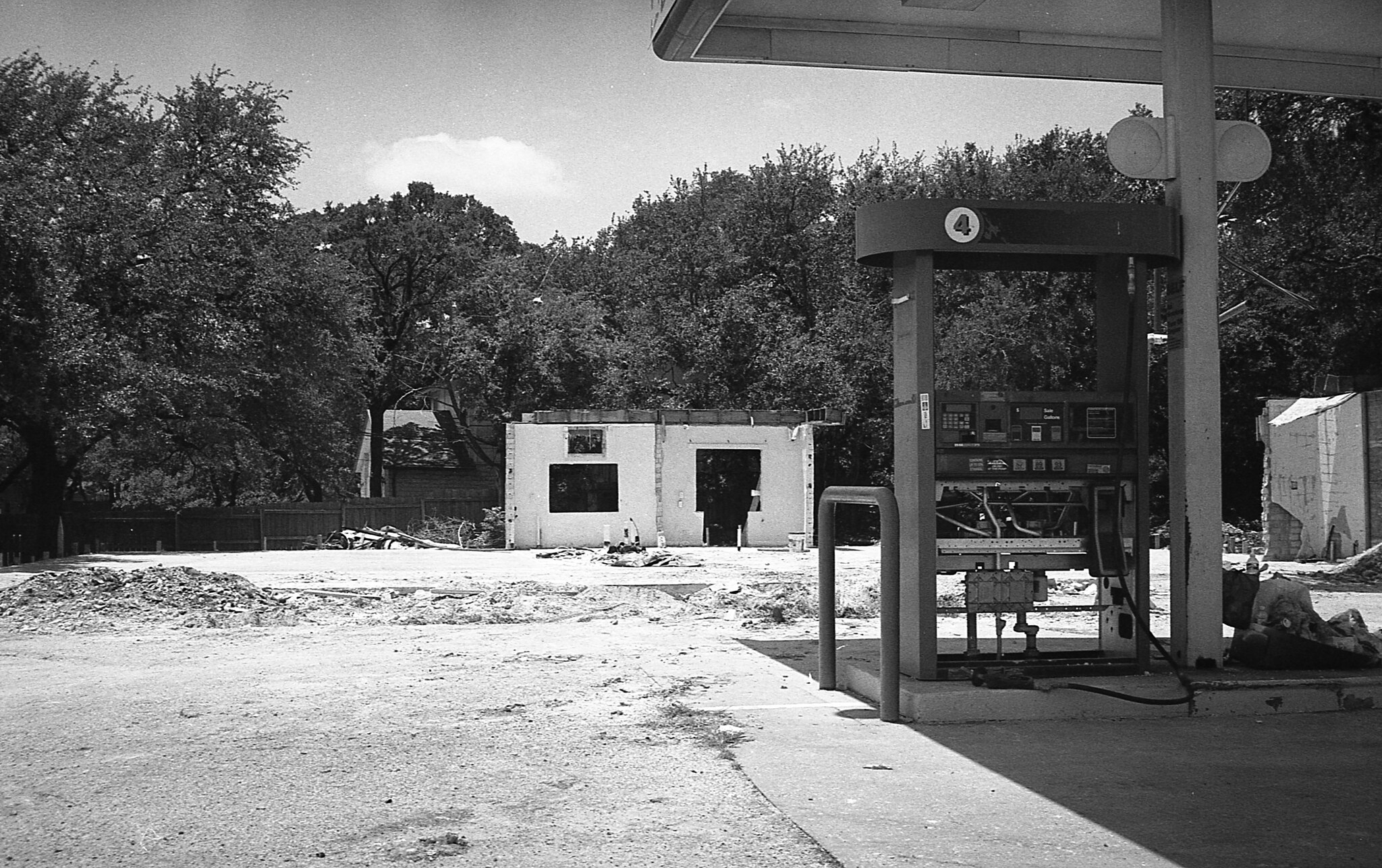
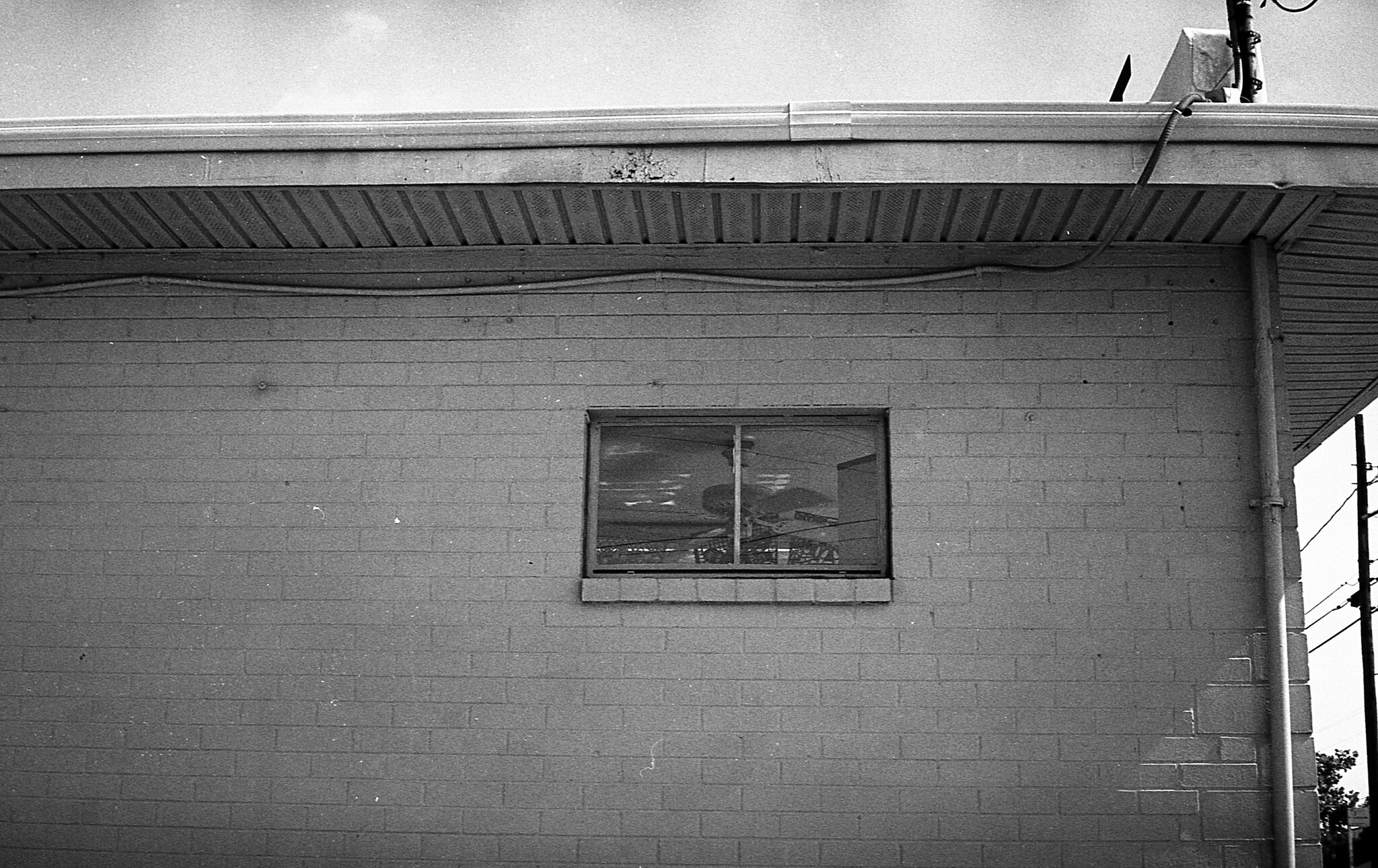
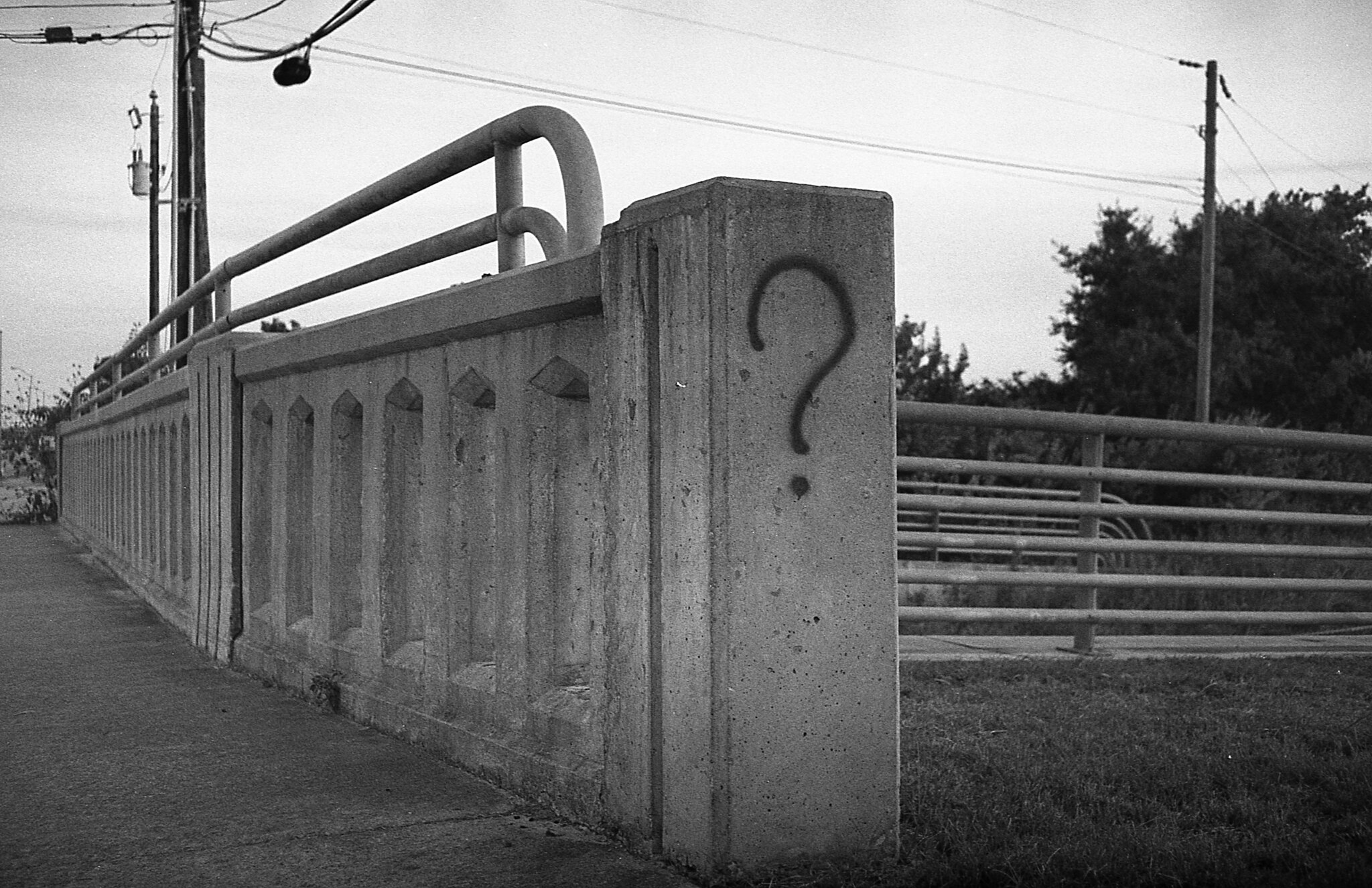
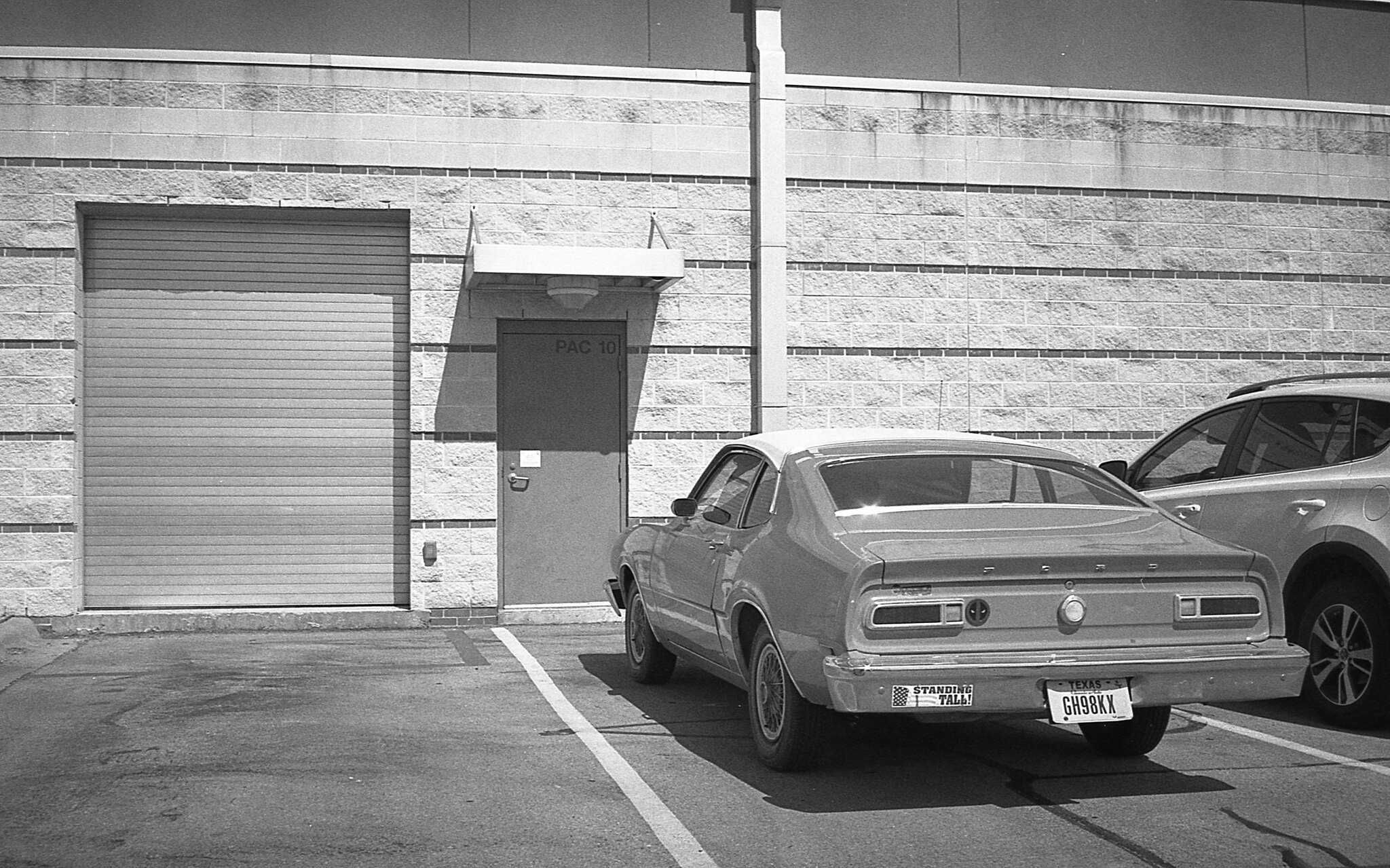
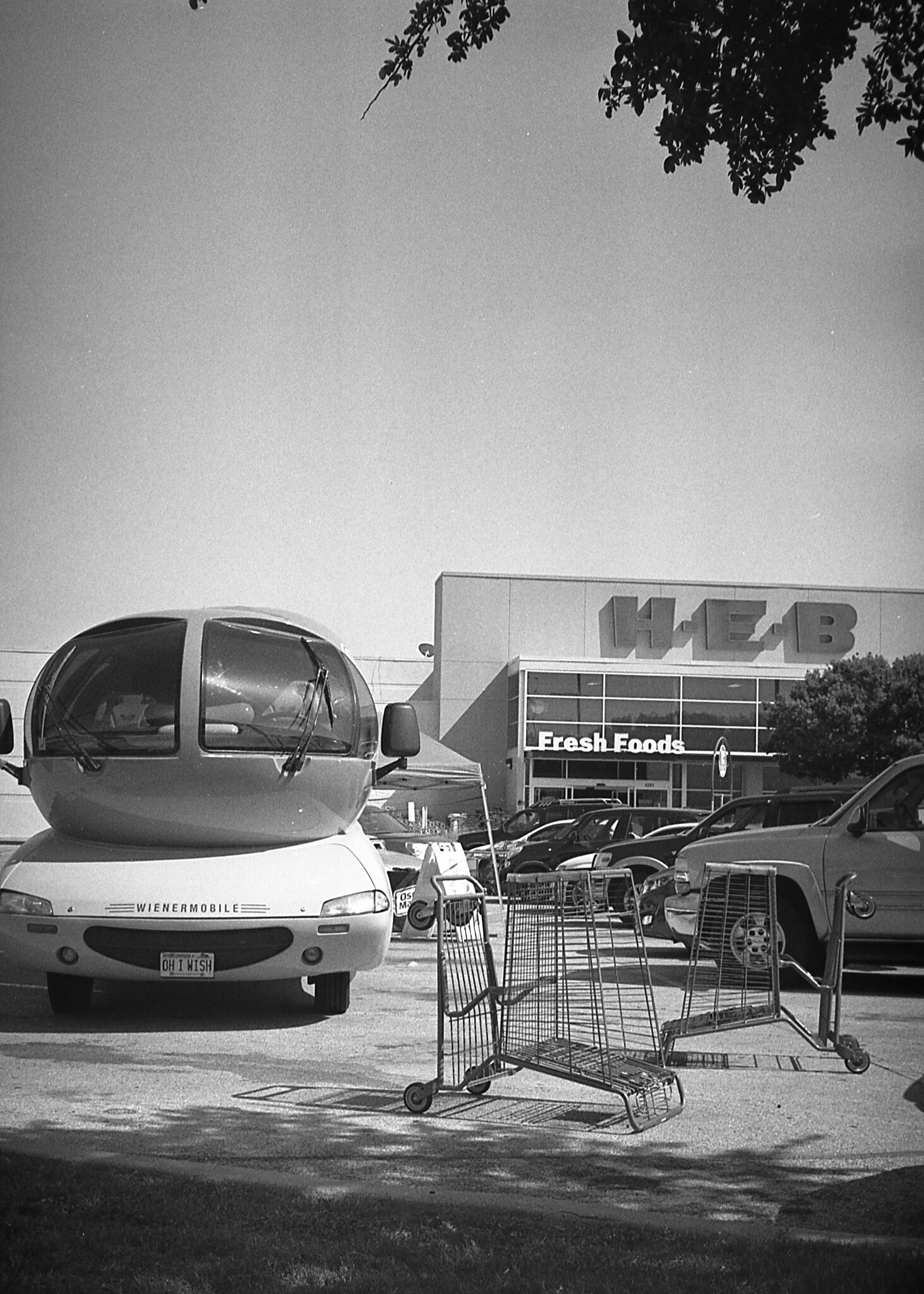
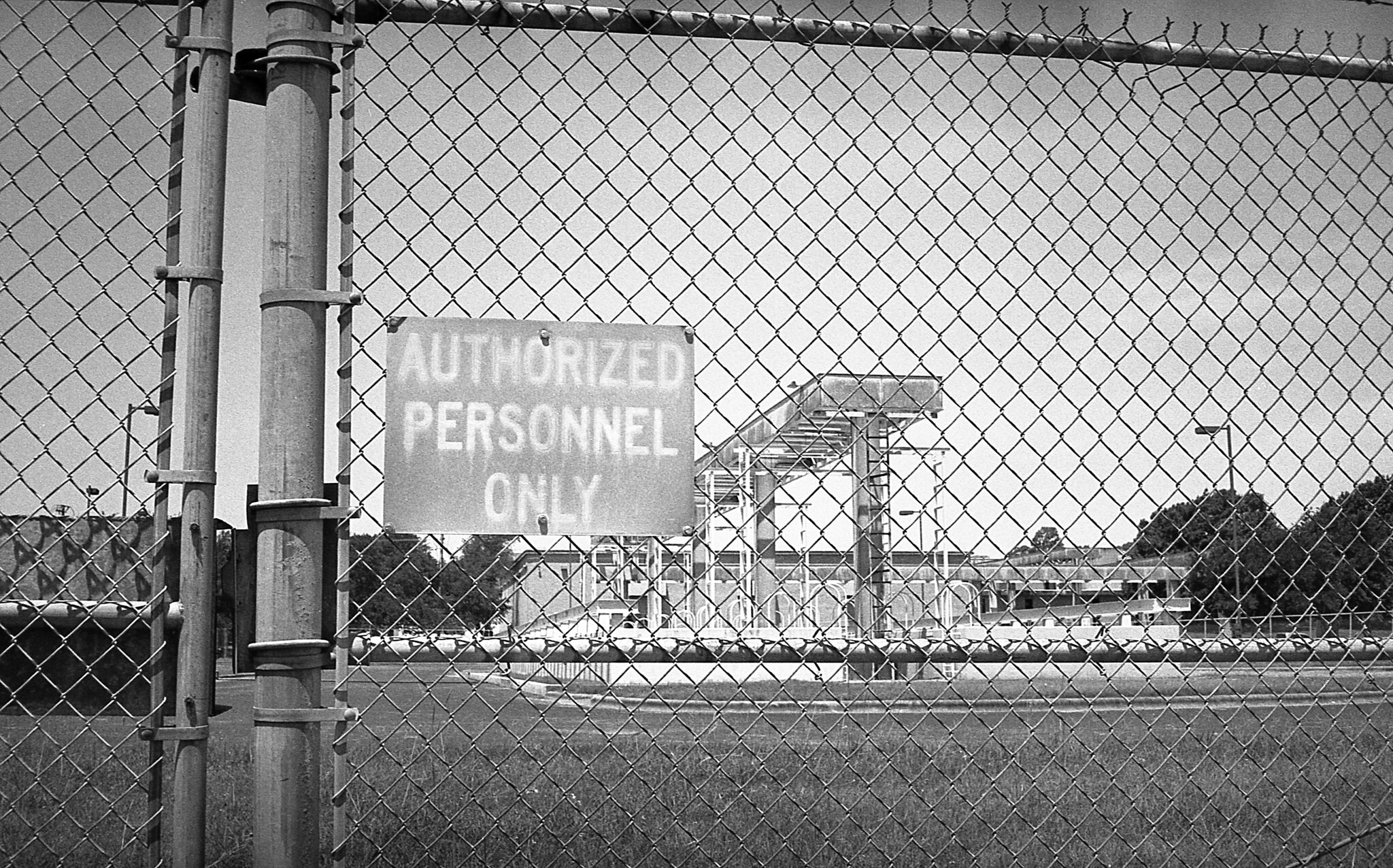
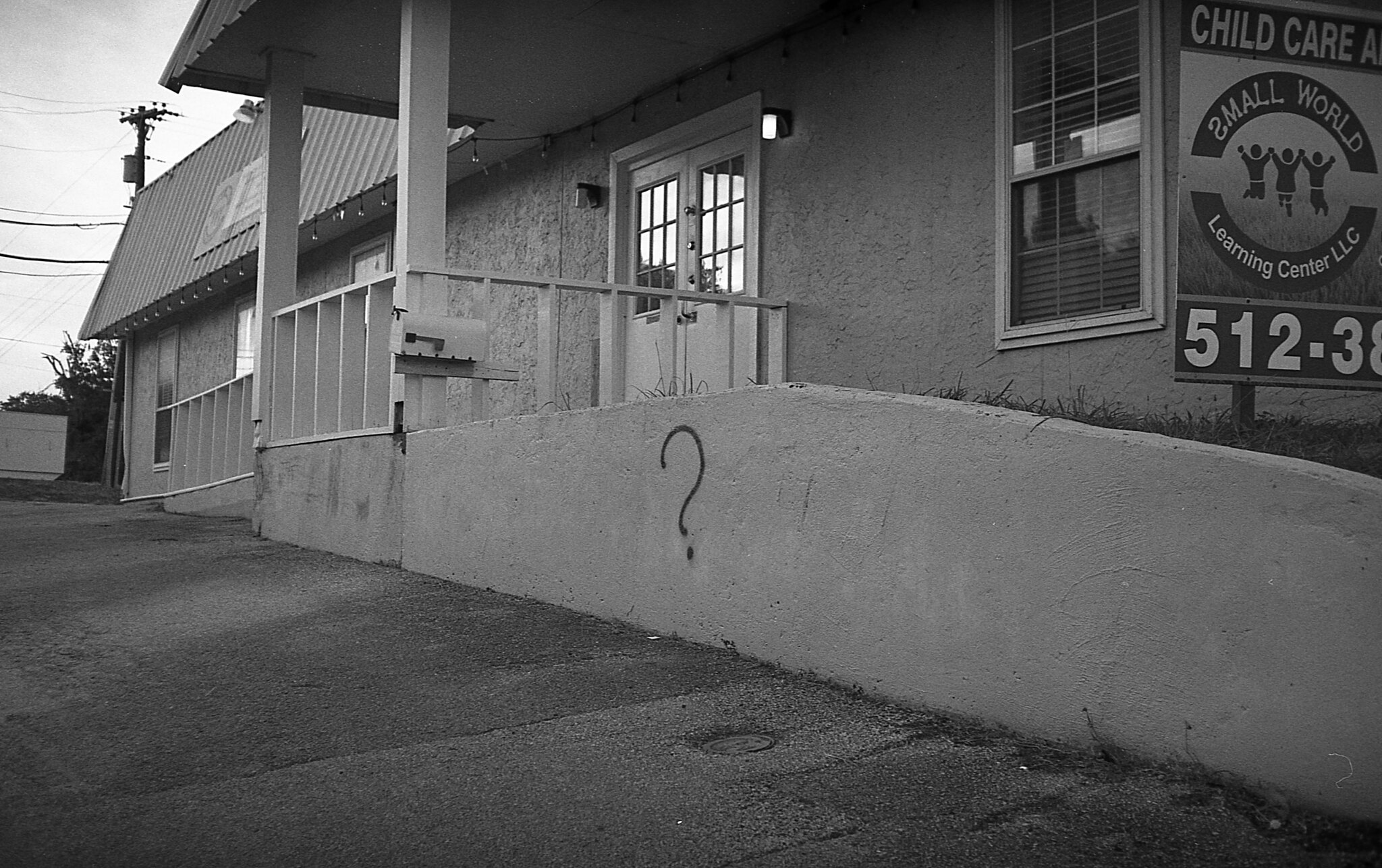
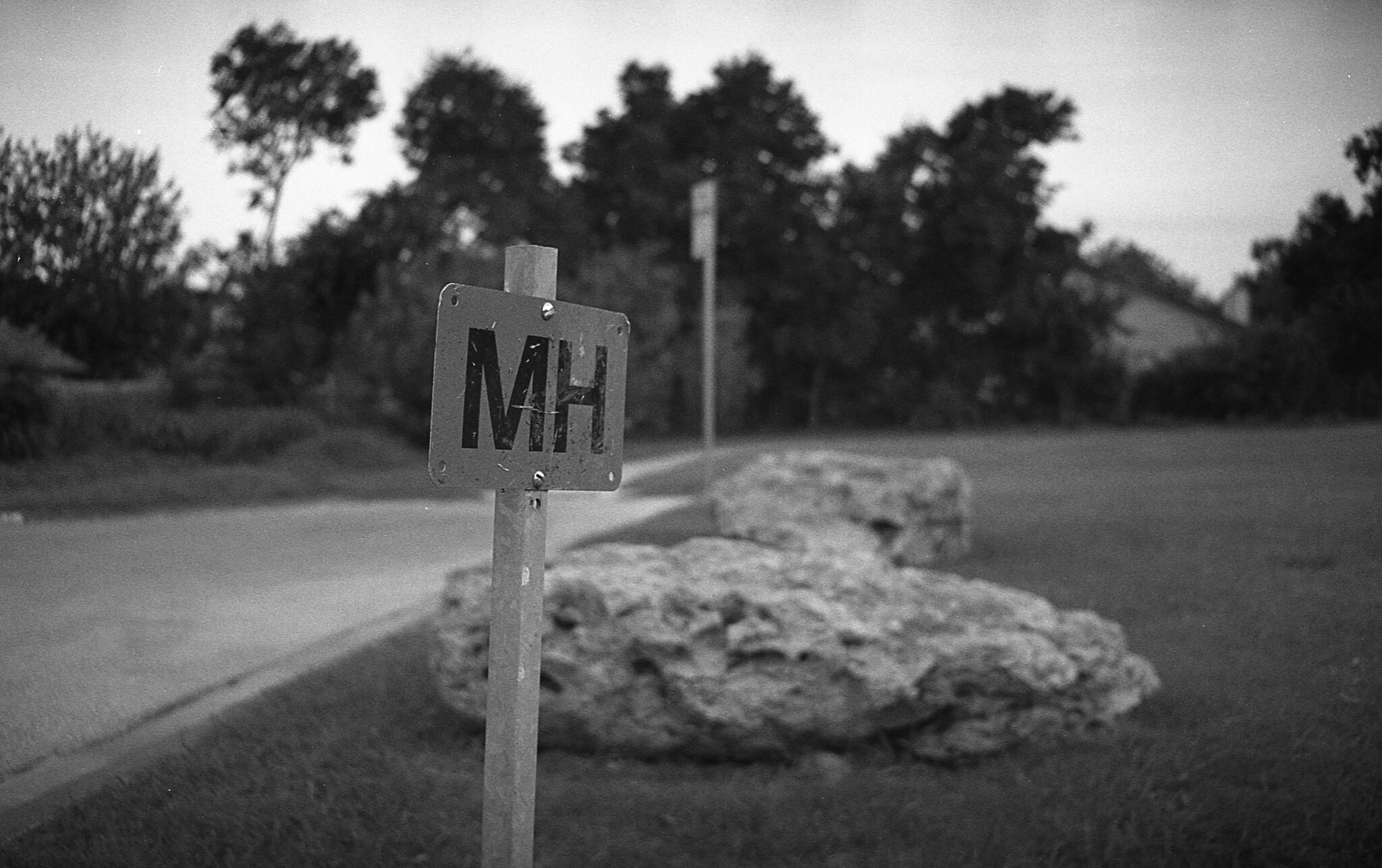
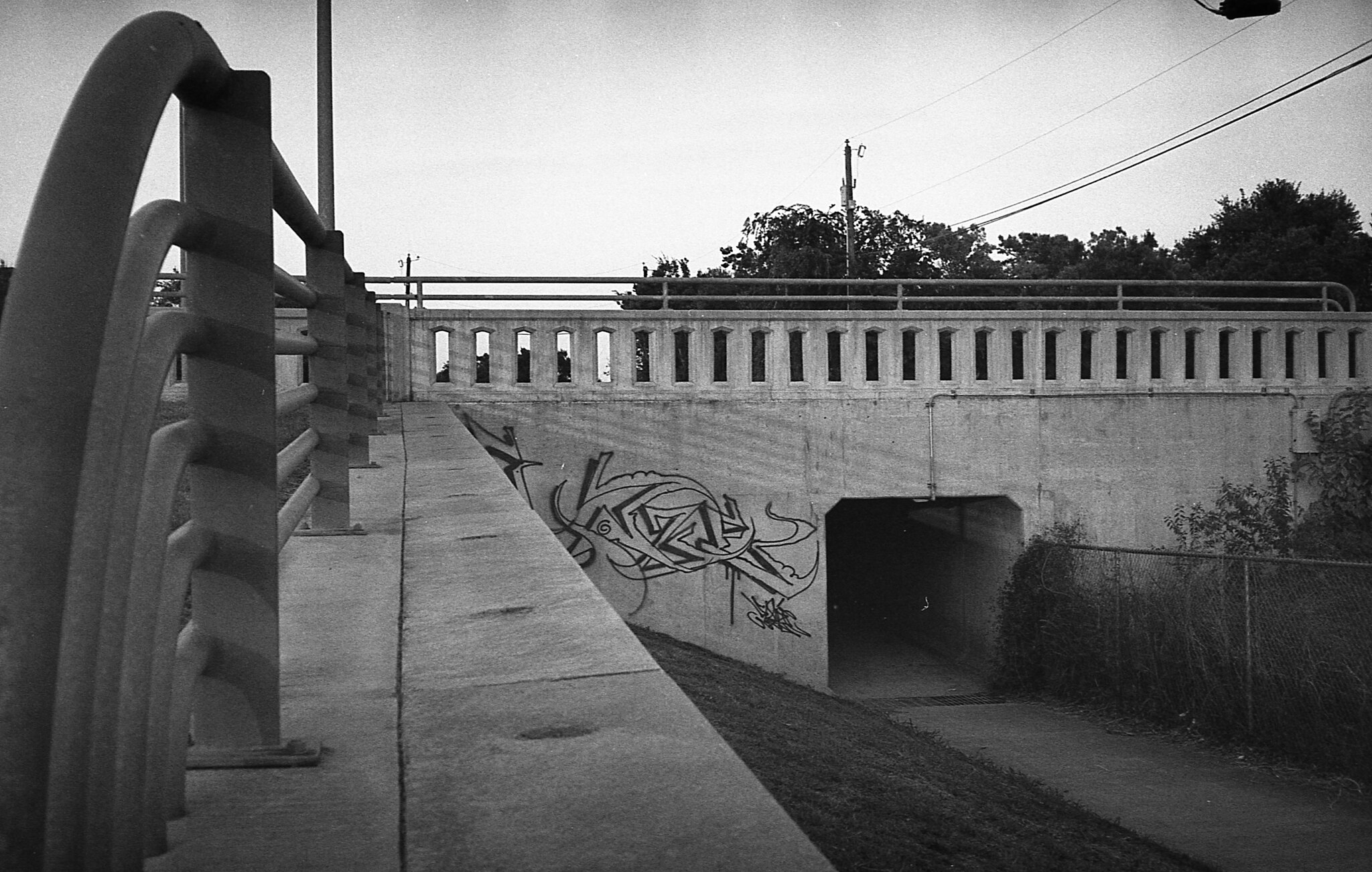
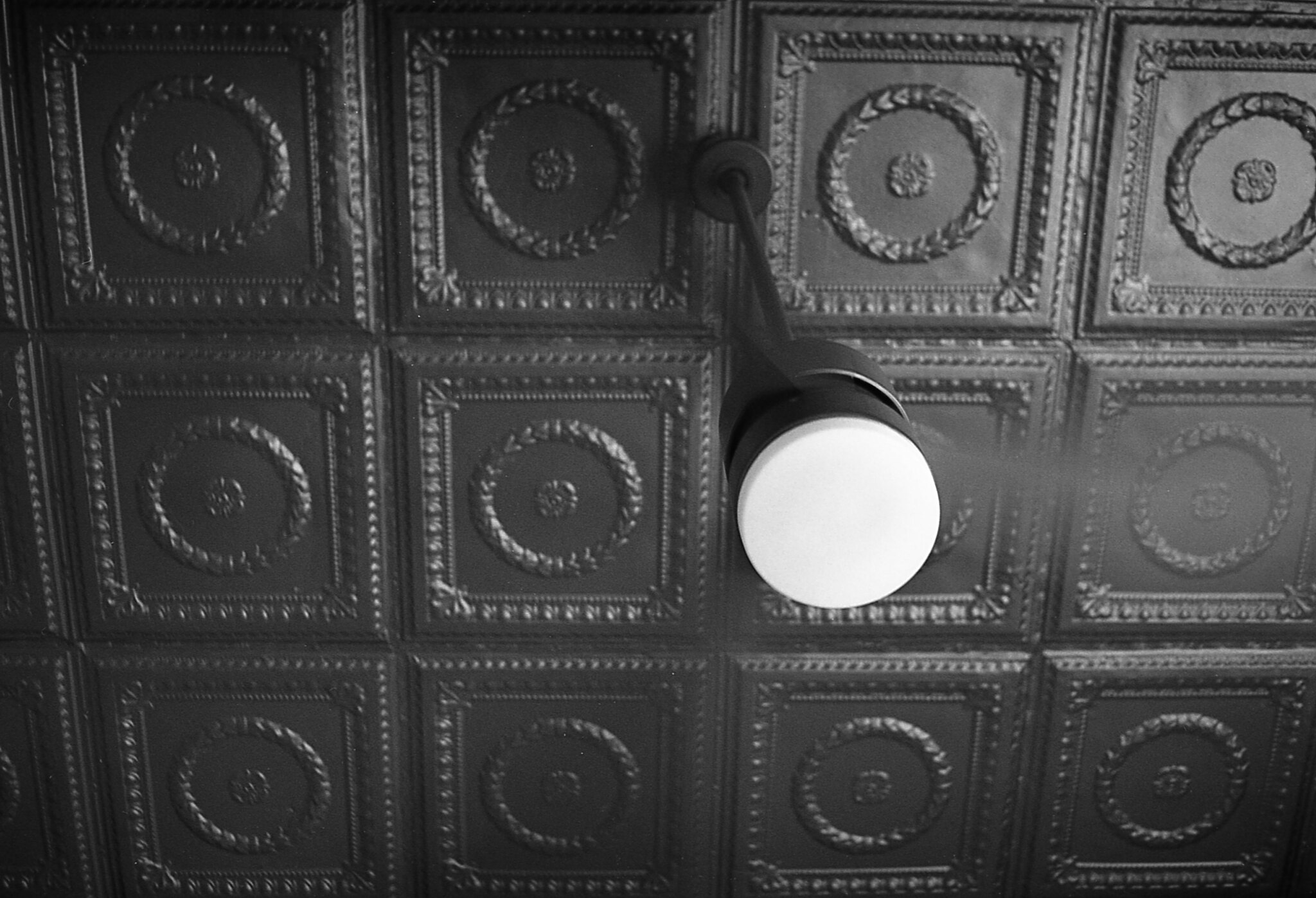
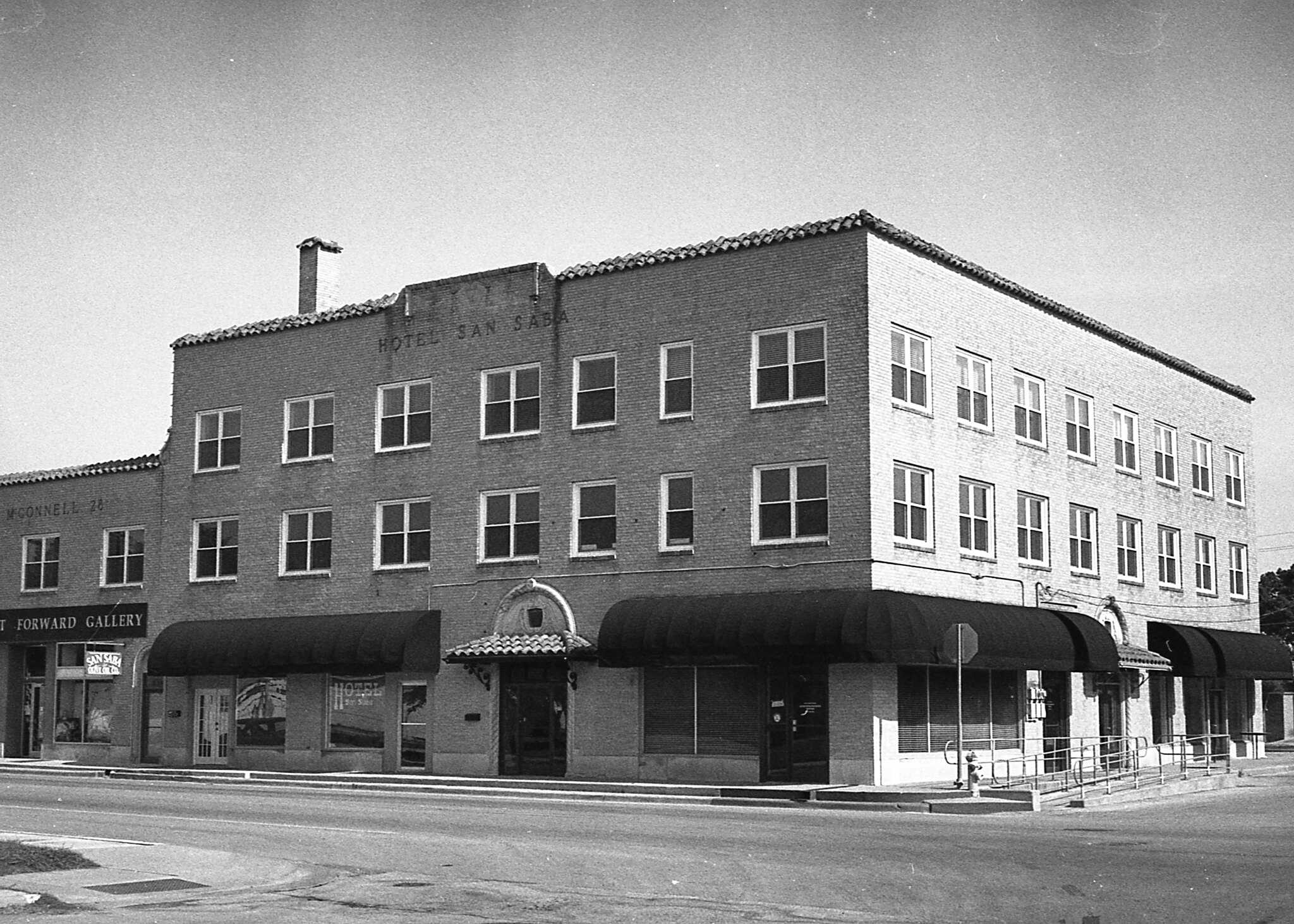
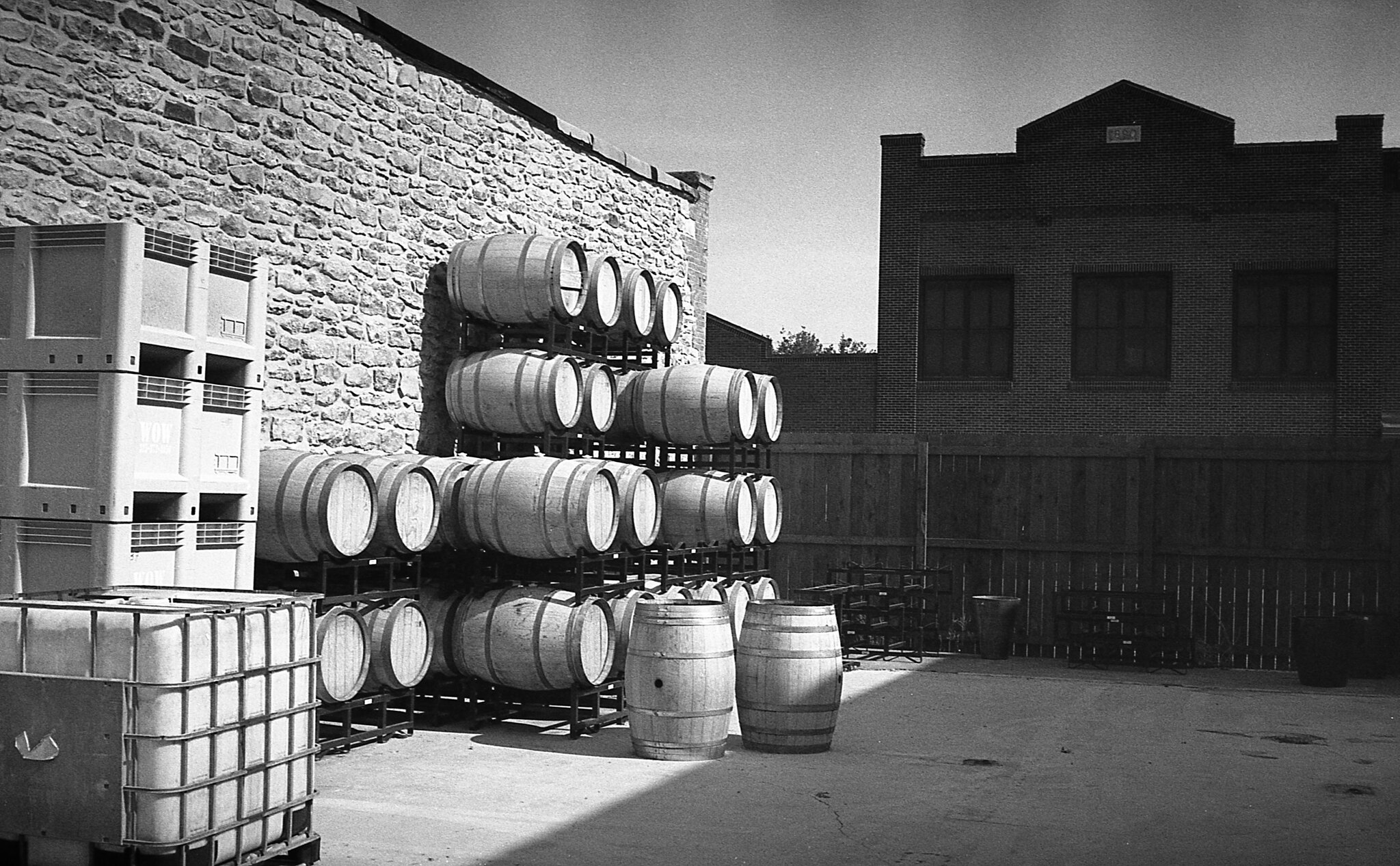
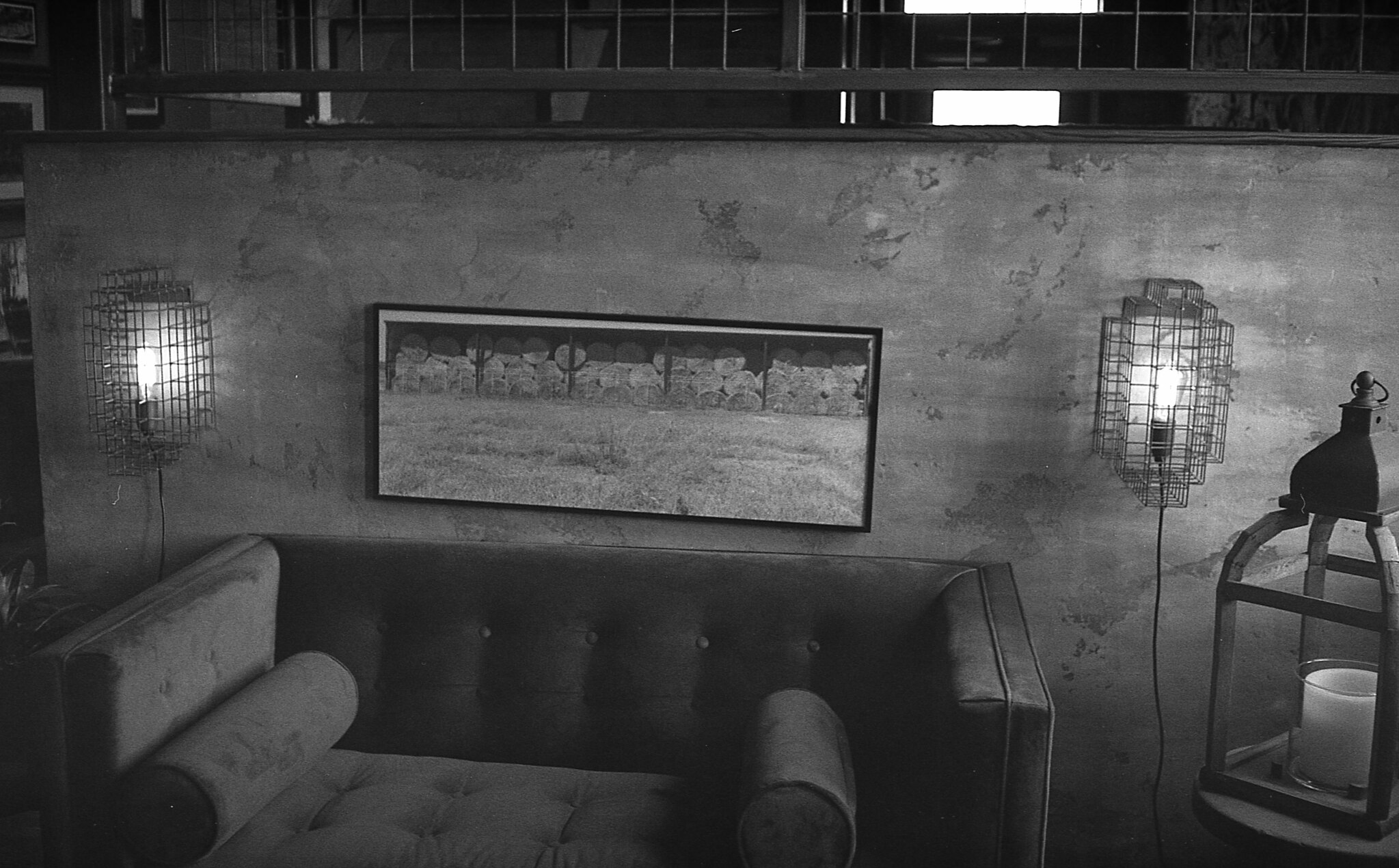
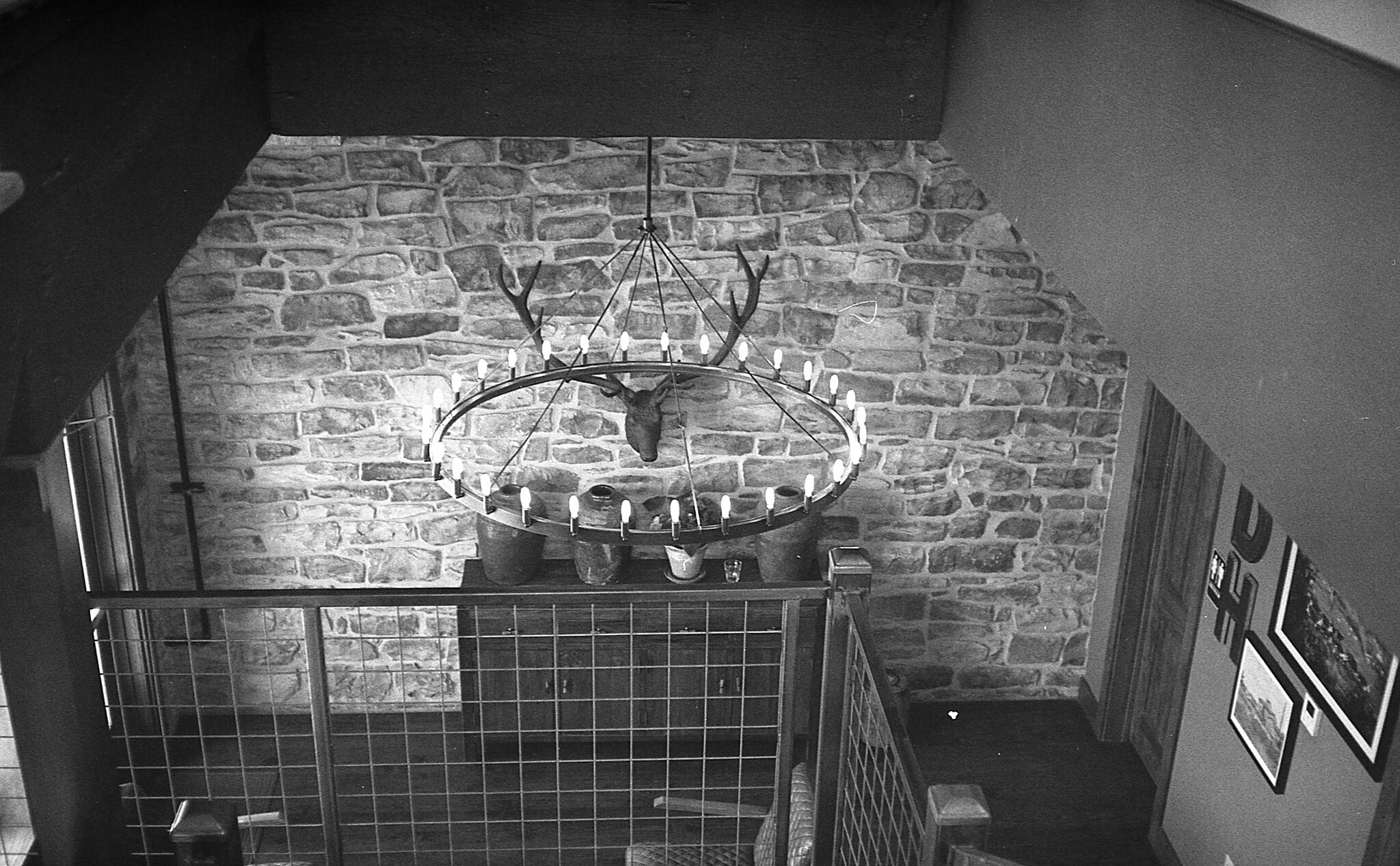
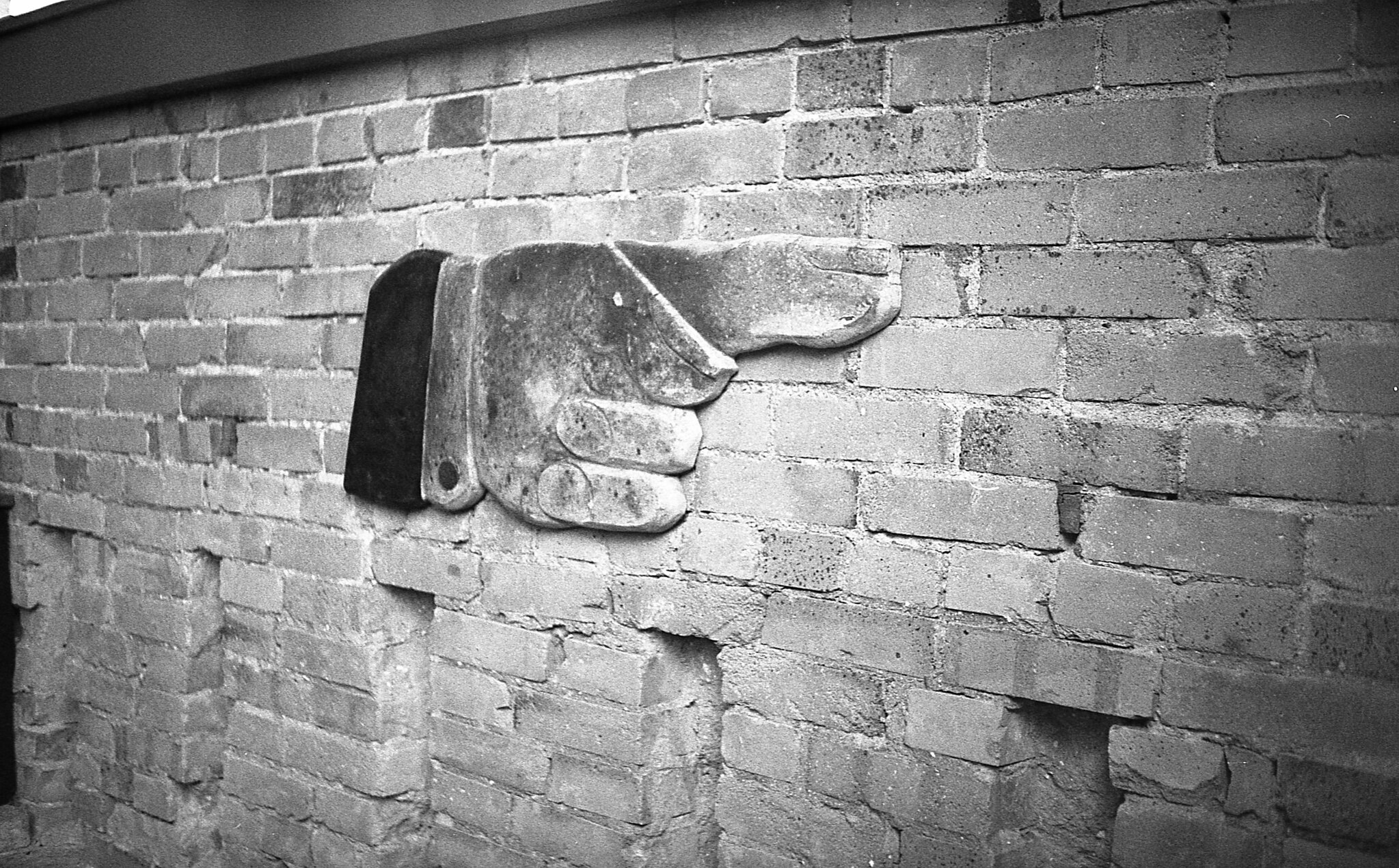
Next month's camera: Sears TLS

















